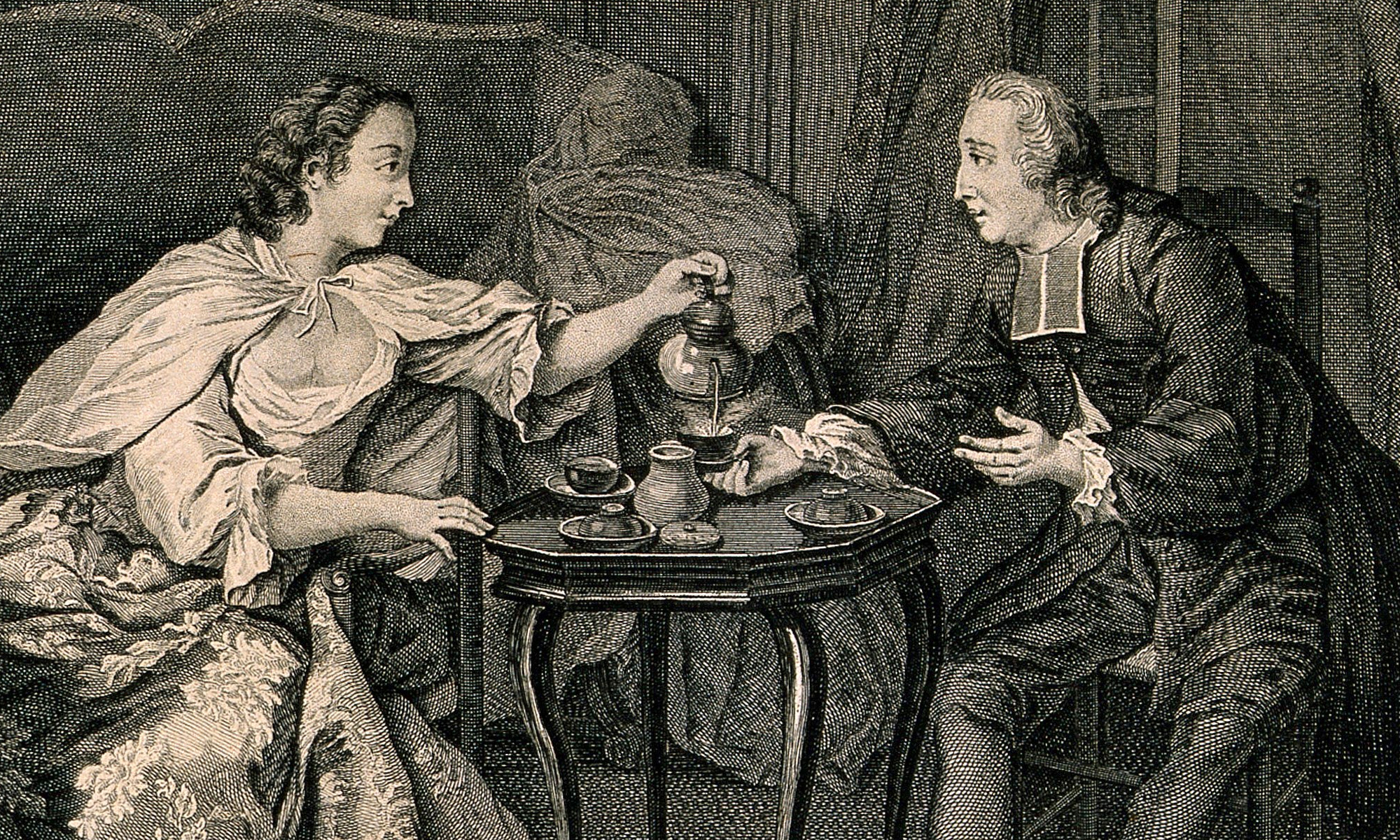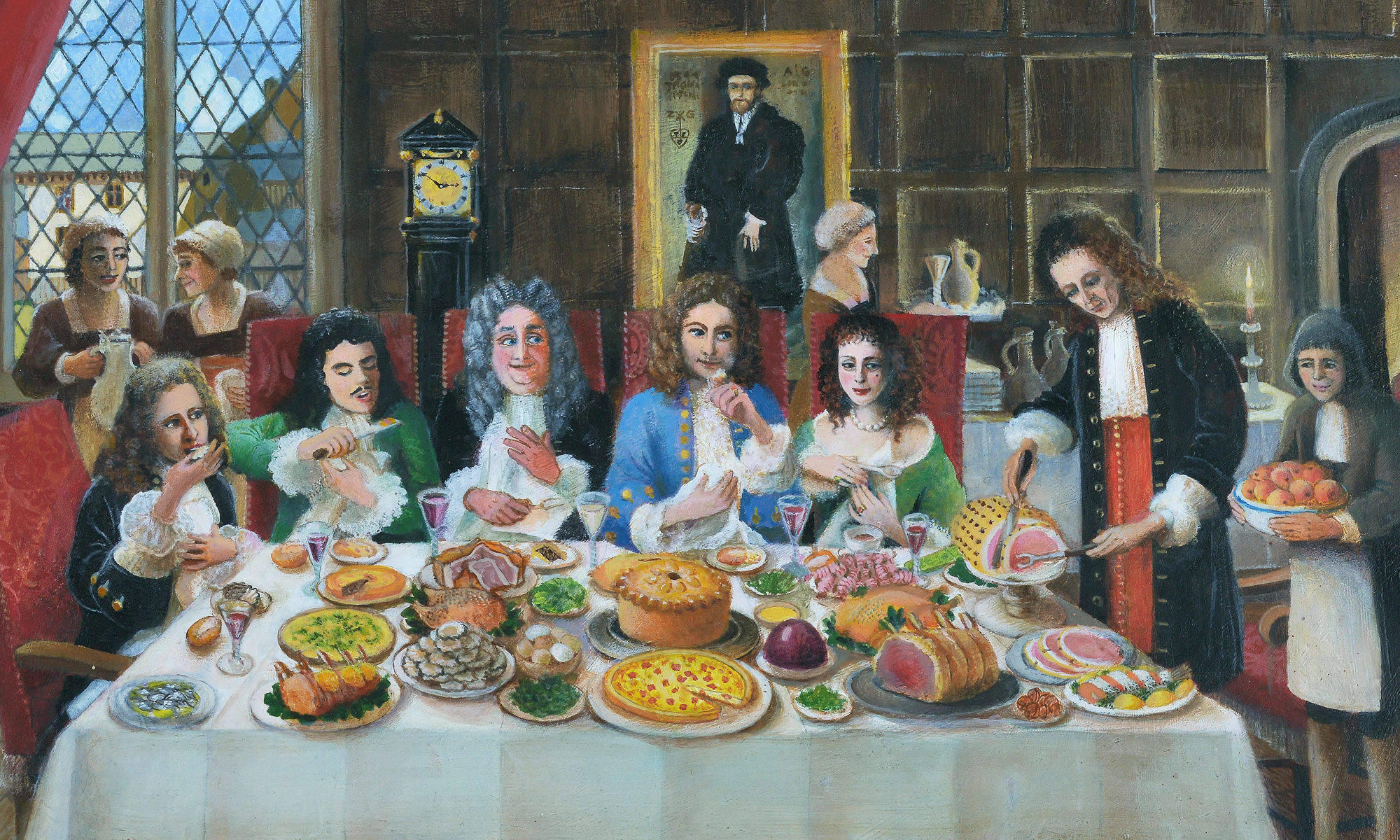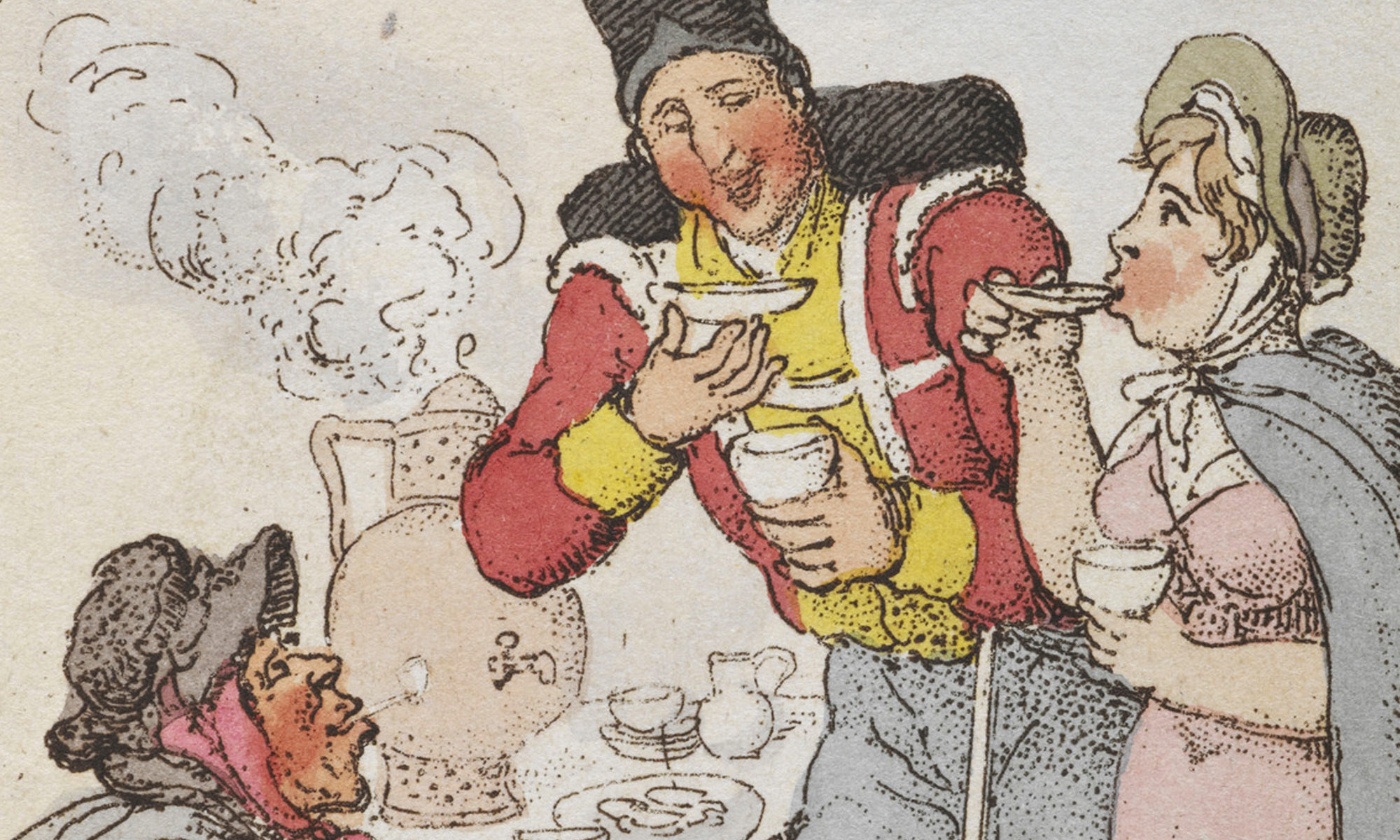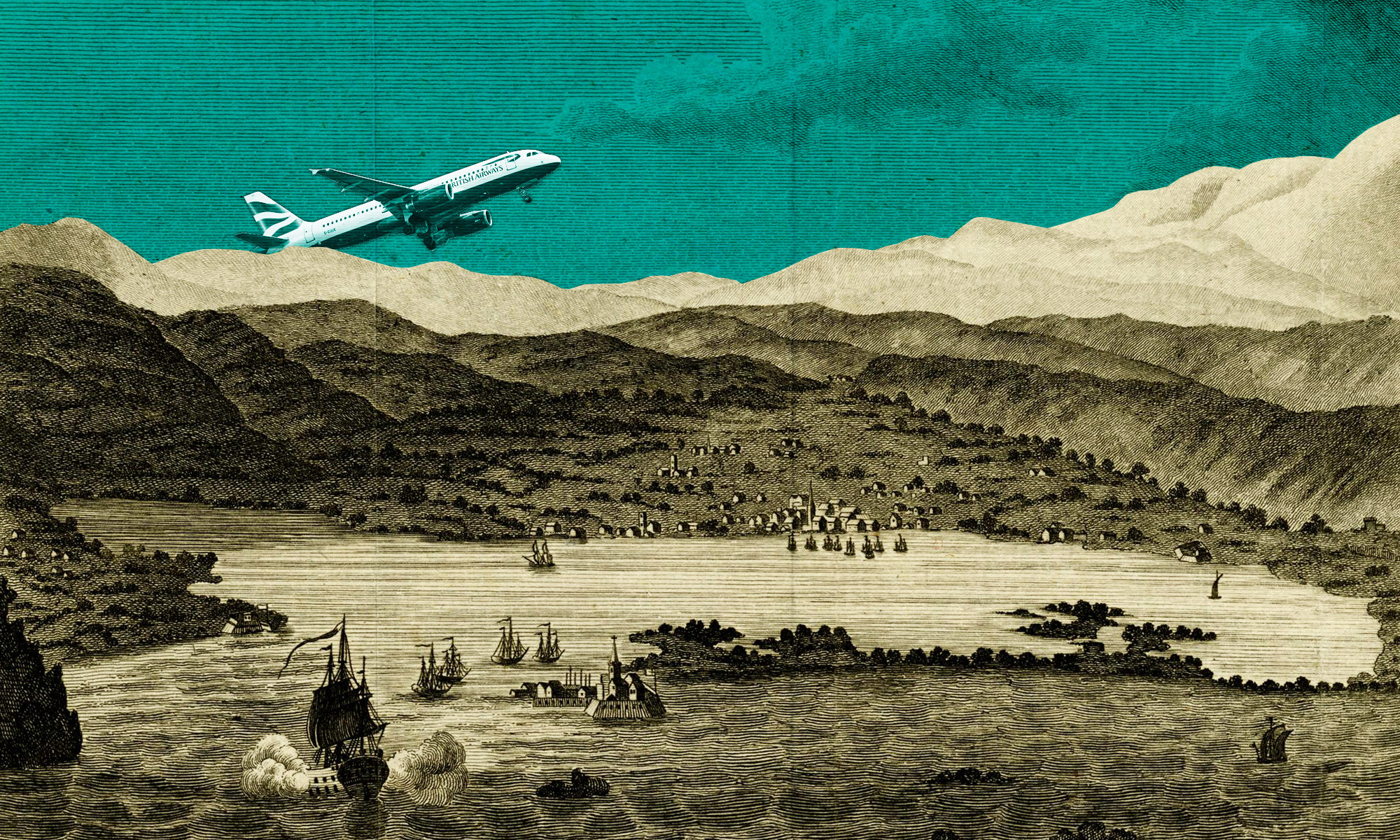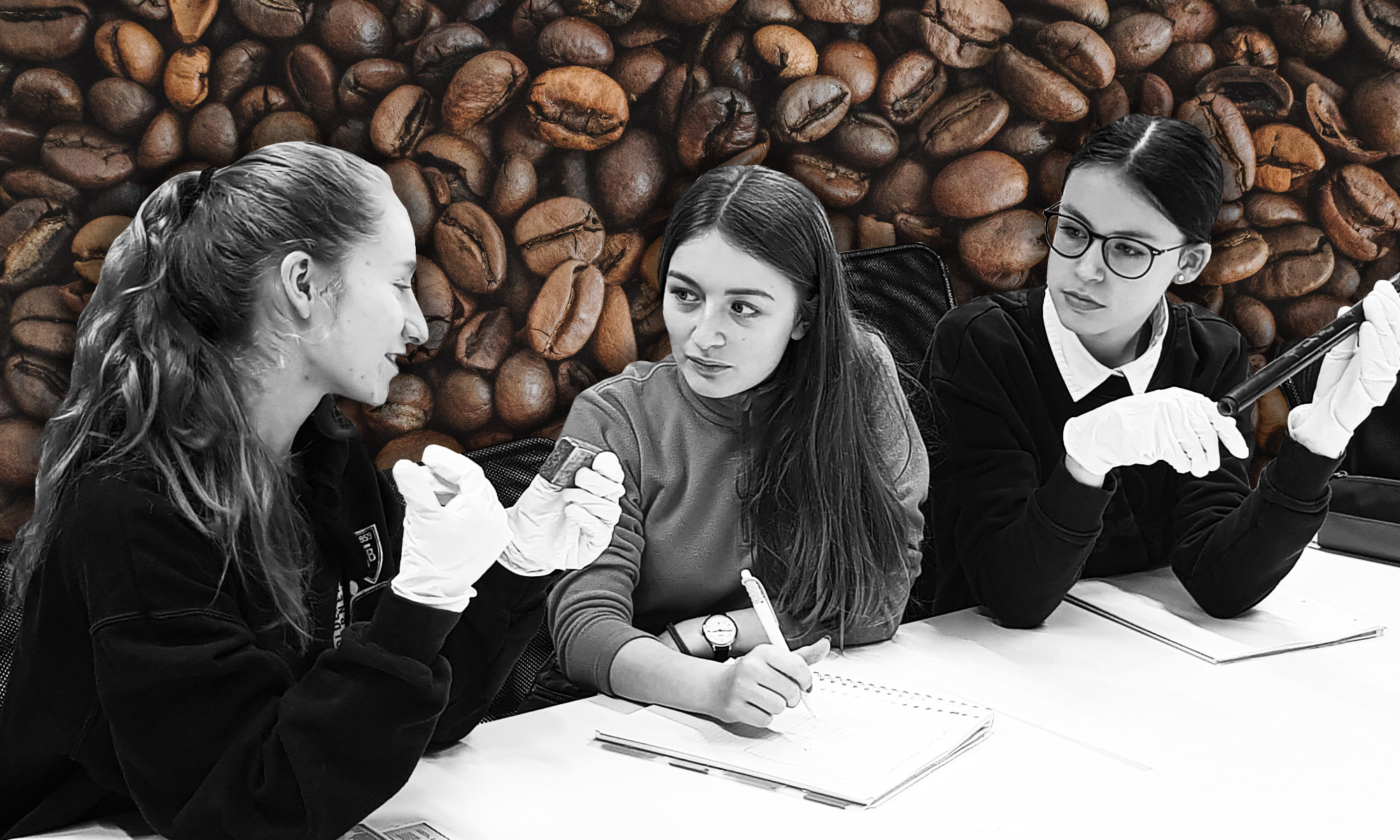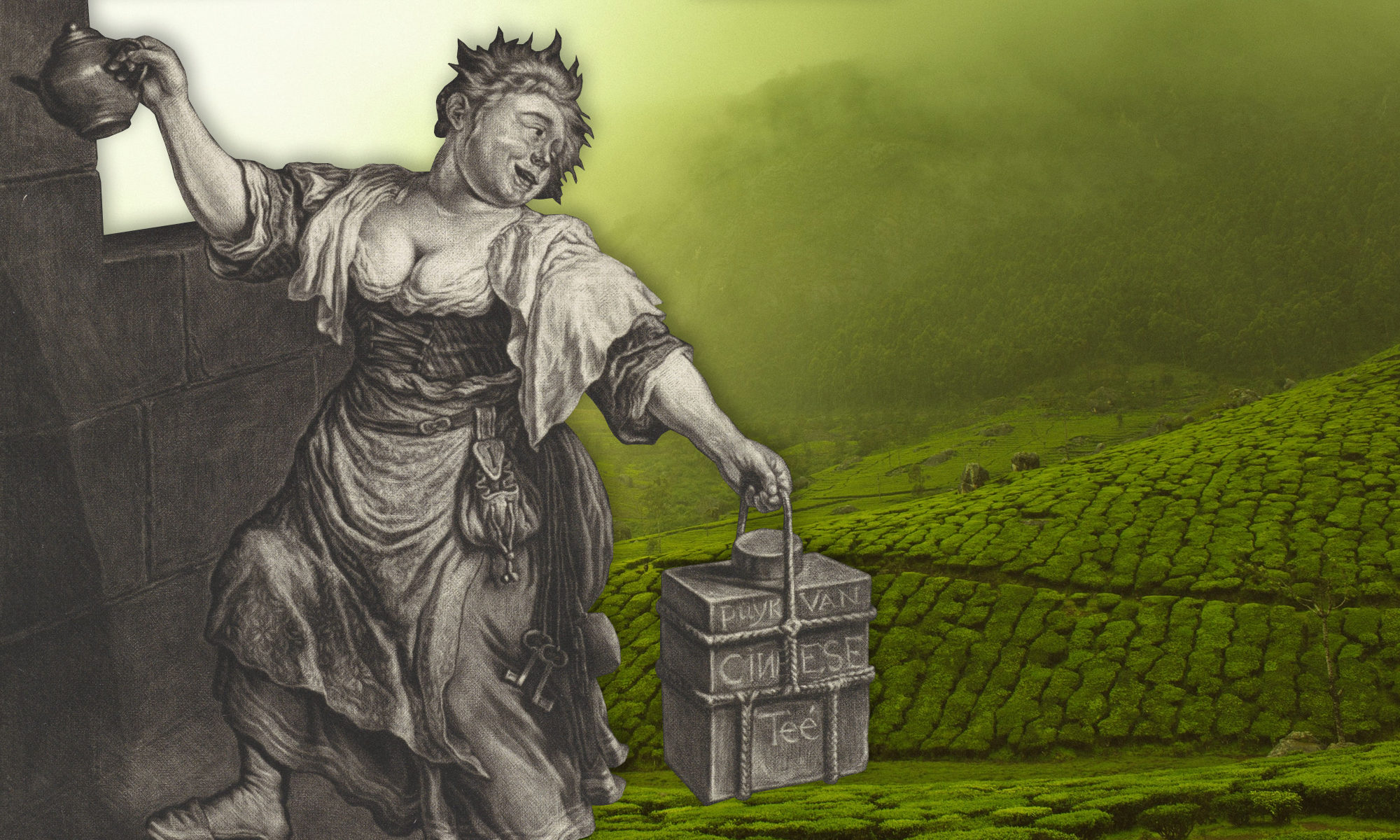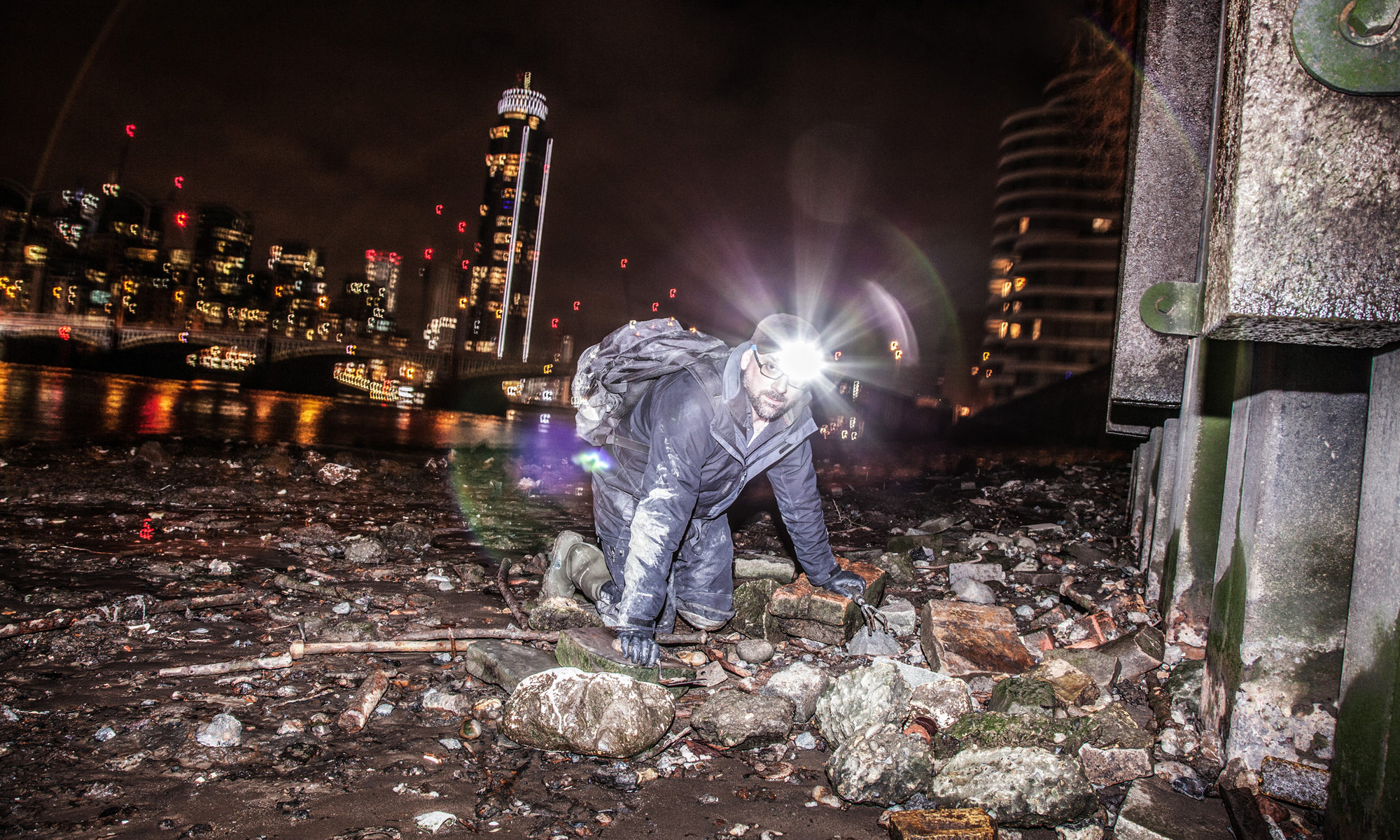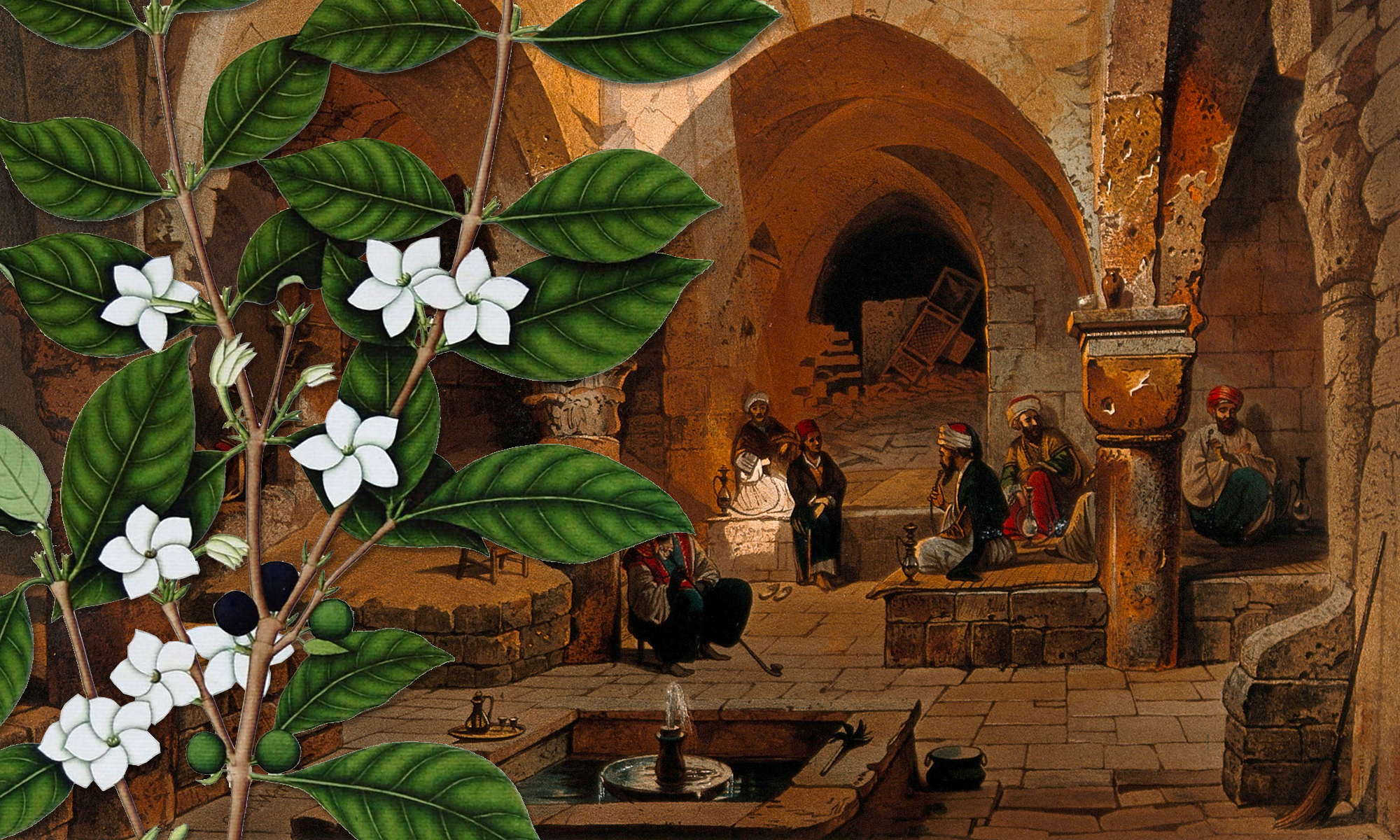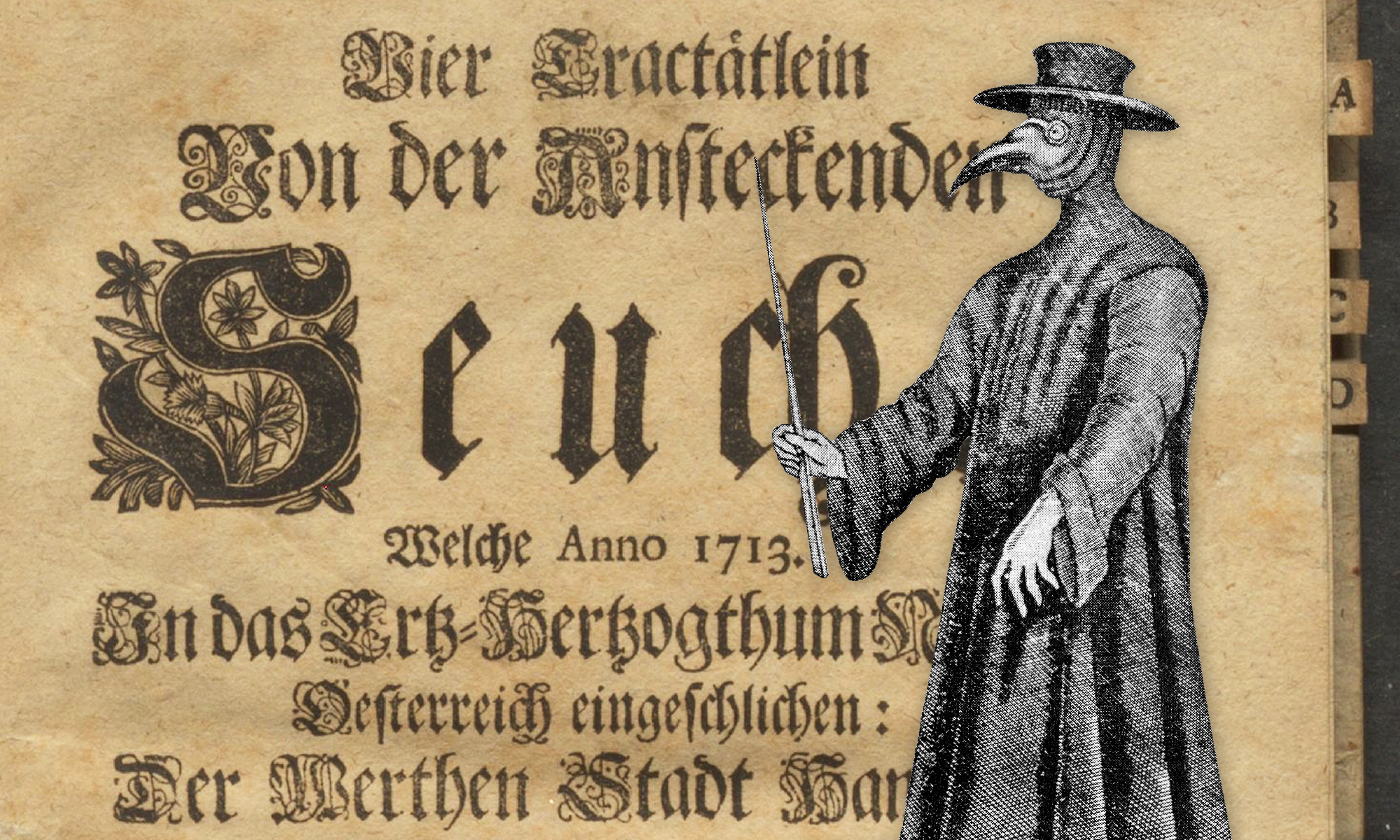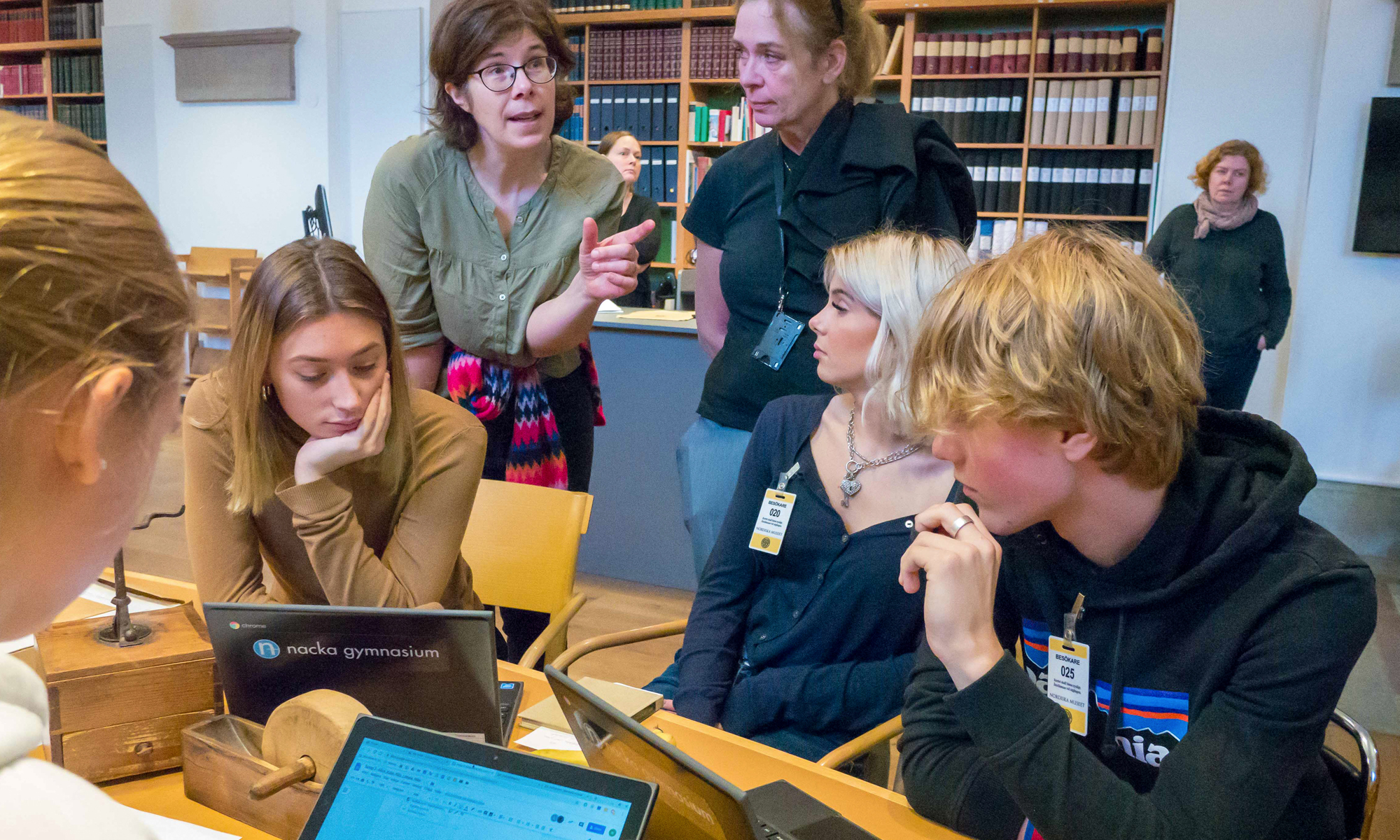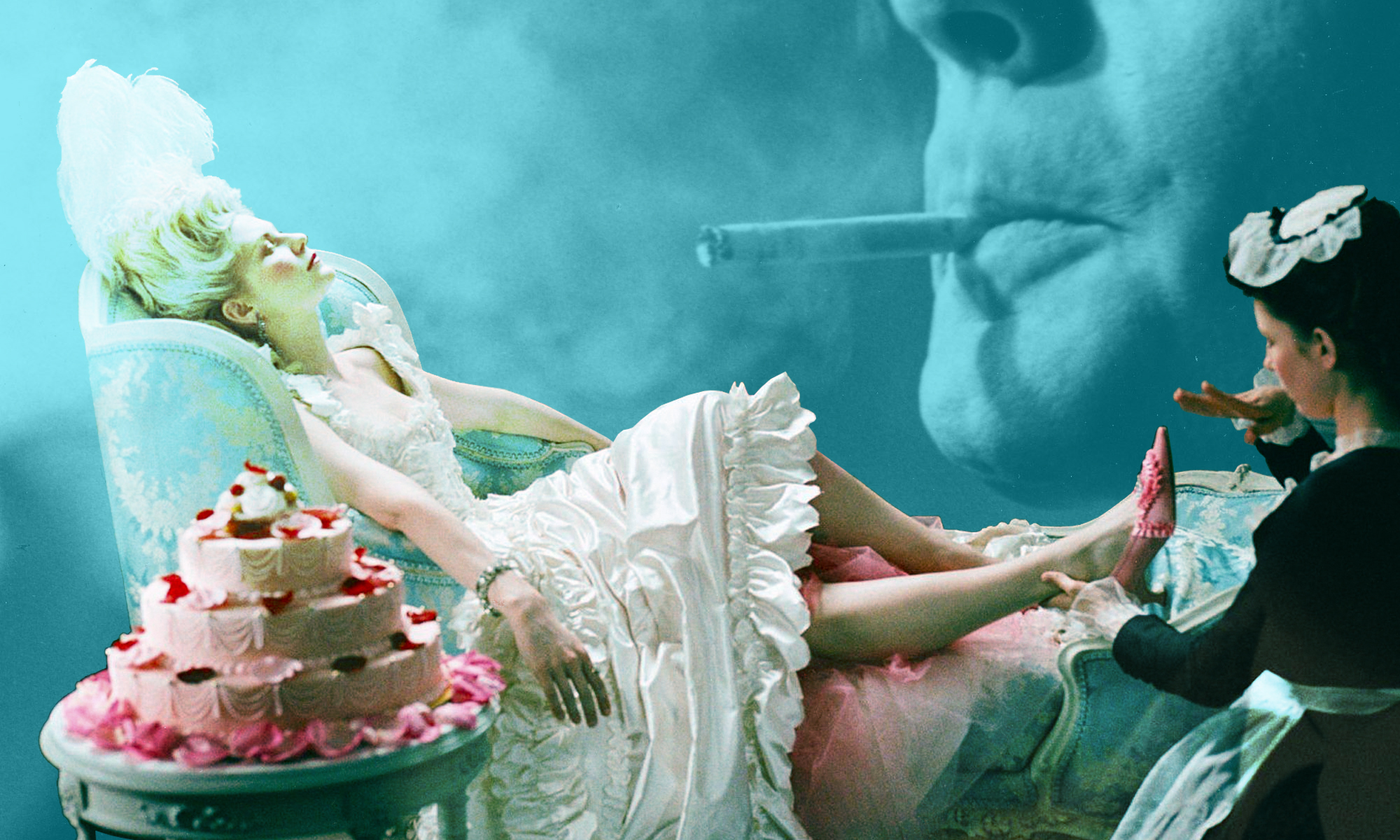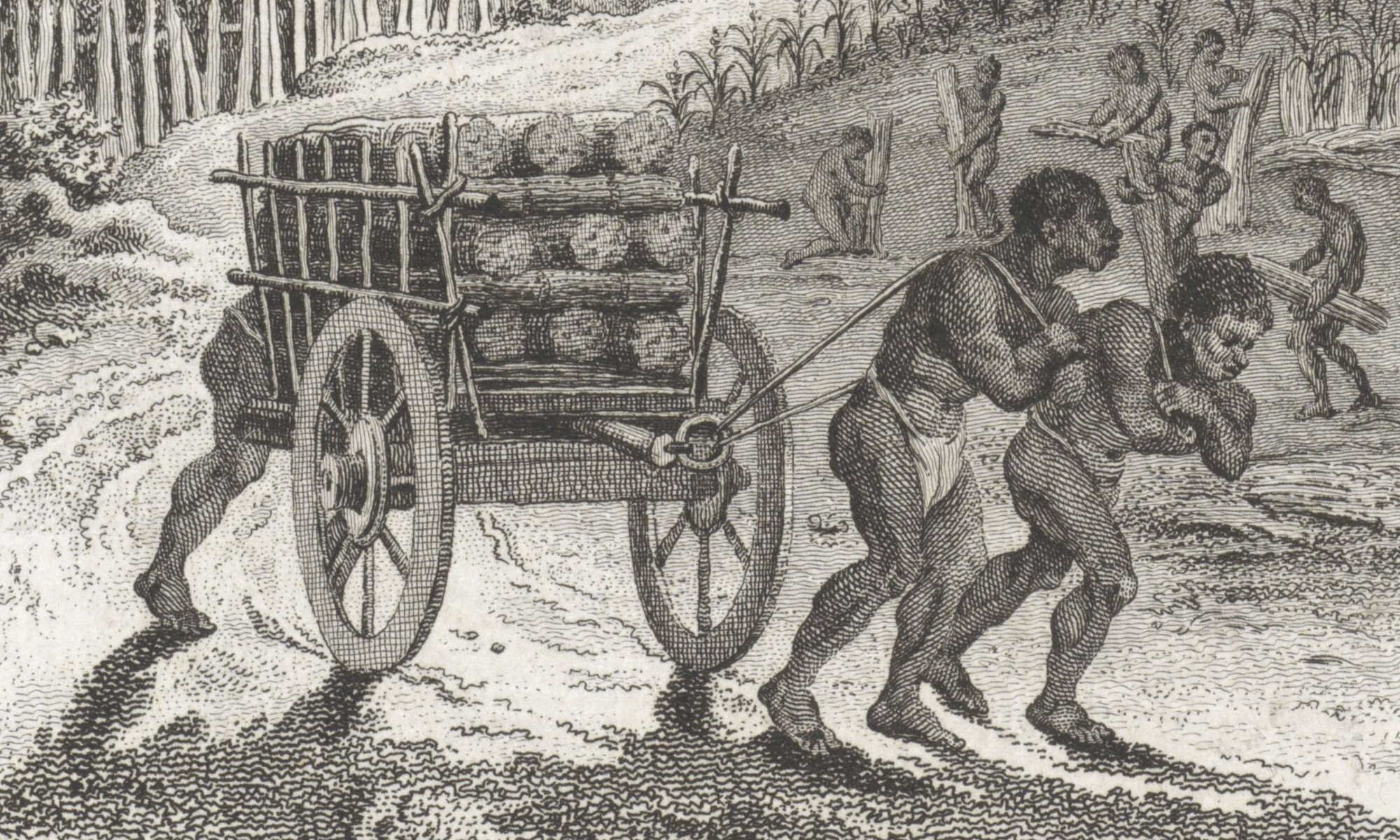The word ‘intoxicant’ has a central place in this project, as in wider scholarship. But what does the term really mean, and why do historians use it so regularly? Intoxicant is mainly used mainly to describe products which intoxicate – that ‘fuddle or make drunk’, or that artificially alter one’s physiological or neurological state. As Phil Withington and others have argued, whereas alternative words like ‘drugs’ possess strong ideological connotations pertaining to modern society and are more limited in what they evoke (mainly classified substances), intoxicant is a broadly encompassing neutral term, making it useful for describing and investigating a host of present-day consumables in different historical contexts. Usually, as in the Intoxicating Spaces project, scholars who talk about intoxicants refer to a familiar range of narcotics such as alcohols, coffee, opium, tea, and tobacco. Most of these commodities became popular from the early seventeenth century onwards as a consequence of increasing global trade and colonialism.
Getting to the Root of It: Saloop in Early Modern London
After a long night of ‘frolicking’, which included plenty of drinking, the friends George Price and Samuel Plumpton continued their evening with a hot dish purchased from a stall. In many ways these actions seem familiar, almost like grabbing a coffee at the end of a night out. Yet the thick, creamy concoction they stopped for, saloop, is probably unfamiliar. Originally made from powdered orchid roots, the dish was imported from the Ottoman Empire, arrived in the late seventeenth century, and flourished on London’s streets at the turn of the eighteenth century. However, by the late nineteenth century, the drink had faded into obscurity, forgotten from history books, and often discussed as no more than a passing fad. Yet despite its brief lifecycle, saloop provides unique insights into the relationship between the consumption of new exotic goods and the space and routines of the early modern metropolis.
Continue reading “Getting to the Root of It: Saloop in Early Modern London”
Slavery, Capitalism, and the Industrial Revolution: Sweet Industriousness and the Role of the Sugar Economy
In this lecture, co-organised with the Sheffield Centre for Early Modern Studies and delivered in person at the University of Sheffield on 7 October, Professor Maxine Berg (University of Warwick) previews material from her new book – co-authored with long-standing collaborator Professor Pat Hudson – on Slavery, Capitalism, and the Industrial Revolution. The book provides a new scholarly synthesis of ideas and research on the impact of slavery and British colonialism in the Americas on the economy of the metropole during the long eighteenth century. In the lecture, Professor Berg focusses on the chapter addressing the transatlantic sugar economy. She charts huge increases in sugar production and imports into Europe (especially in/from the East and West Indies), the industrial complex by which it was boiled and refined on plantations and in domestic factories, and its distribution via a network of grocers and confectioners.
Intoxicants and Early Modern European Globalization: The Making of a Special Issue
This month and next, The Historical Journal will be publishing a special issue dedicated to examining the relationship between ‘Intoxicants and Early Modern European Globalization’. Co-edited by me and Kathryn James, the open access volume consists of an introduction and eleven case studies unpacking the spaces, practices, and material culture that characterised the production and consumption of intoxicants in Europe, the Atlantic, and South Asia between the sixteenth and eighteenth centuries.
Object Lessons: Co-Creating an Exhibition with School Pupils and the German Maritime Museum
One ear-achingly chilly day in February 2020, forty-odd pupils from secondary schools in Oldenburg and Neu Wulmsdorf, three teachers and I descended on the German Maritime Museum (DSM) in Bremerhaven. Our mission? To explore the museum’s extensive collection of intoxicant-related historical treasures and to brainstorm ideas for an exhibition – researched and curated by students with assistance from staff at the DSM – on the history of tobacco, coffee, tea, chocolate, and sugar in port cities of the early modern period.
Tea: The Most Normal Thing in the World?
Alfa Academy Continue reading “Tea: The Most Normal Thing in the World?”
Exploring London’s Intoxicating Spaces Through Mudlarking
The River Thames as it flows through London is tidal, meaning twice per day part of the riverbed is exposed for a few hours. This area, known as the Thames foreshore, is a rich archive of (among other things) the remnants of two millennia of the city’s relationship with intoxicants. From tobacco to sugar to opium, the river delivers evidence of how they were imported, refined, sold, and consumed, but it is an archive like no other.
Continue reading “Exploring London’s Intoxicating Spaces Through Mudlarking”
CFP: Intoxicating Spaces: Global and Comparative Perspectives
An international conference organised and funded by the HERA research project Intoxicating Spaces: The Impact of New Intoxicants on Urban Spaces in Europe, 1600–1850, a collaboration between the University of Sheffield, the University of Oldenburg, the University of Stockholm, and Utrecht University.
Continue reading “CFP: Intoxicating Spaces: Global and Comparative Perspectives”
Intoxicating Spaces in the Time of Plague
In this brief vlog I discuss how we have responded as a research group to the challenges posed by COVID-19 and lockdown, and reflect on the historical relationship between pandemic, intoxicants, and public spaces. The film was shot in a safe and socially distanced manner on Devonshire Green and Division Street in Sheffield, and at Holy Cross Old Church in Whorlton, North Yorkshire.
New Intoxicants and Epidemics: Sugar and Tobacco in Hamburg’s Plague Medicine
In these trying times interest in past pestilences is booming, in particular in plague (and the Spanish flu), not least because there appear to be so many parallels between these diseases and COVID-19: home quarantine, face masks, and the Johns Hopkins mortality statistics website remind us of the red crosses on the front doors of shut-up houses, the ominous bird-like black costume worn by plague doctors, and weekly Bills of Mortality. Despite a horrendous mortality rate – historians estimate between 30 and 60 percent of the population – and the widespread belief that plague epidemics were divine punishment for godlessness and immorality, early modern societies and individuals actively worked to counter the plague (and illness more generally) by drawing on an arsenal of medical, religious, cultural, and political tactics and strategies. Continue reading “New Intoxicants and Epidemics: Sugar and Tobacco in Hamburg’s Plague Medicine”
8 Intoxicating Objects from Nordiska Museet
A key part of the Intoxicating Spaces project is our work with schools in the UK, Germany, the Netherlands, and Sweden. Back in October, a group of 30 pupils from our Stockholm partner school Nacka Gymnasium joined our Swedish research team at Nordiska Museet, Sweden’s largest museum of cultural history, for a day among their intoxicant-related holdings. Here, the pupils share their favourite discoveries…
Continue reading “8 Intoxicating Objects from Nordiska Museet”
Addictive Cinema: 17 Intoxicating Films for the Holiday Season
One of the central and most rewarding aspects of the Intoxicating Spaces project is our work with sixth formers from schools in Utrecht, Oldenburg, Sheffield, and Stockholm. We’re all film-lovers, so Stephen suggested we assemble for our participating pupils a ‘must-watch’ list of family-friendly movies that deal with drugs and intoxicants in time and space at various points in history. We’re pretty pleased with the resulting roster, so, with the holiday season looming and sofas and widescreens poised for action, we thought we’d share it on the blog as well! Let us know if we’ve missed anything…
Continue reading “Addictive Cinema: 17 Intoxicating Films for the Holiday Season”
New Intoxicants, Slavery, and Empire in the Seventeenth- and Eighteenth-Century Dutch Atlantic
The history of new intoxicants is intimately connected to one of the darkest chapters in history: that on slavery, and the exploitative world economic system that sustained it. The increasing demand for consumables such as sugar, tobacco, and coffee in Europe was supplied by New World plantations run by white planters, managers, and overseers and cultivated by enslaved black workers from Africa. More than 12 million enslaved were forcibly transported between 1500 and 1865; an estimated 1.8 million died en route. There is a cruel irony at play here: when we miss our morning hit of caffeine, sugar, or nicotine and withdrawal symptoms set in, we should remember that the psychological and metaphorical ‘enslavement’ of millions to an intoxicant is the historical result of the physical and literal enslavement of millions of African workers and their trafficking to the Americas.
